Proposed a new recipe for the search of alien life
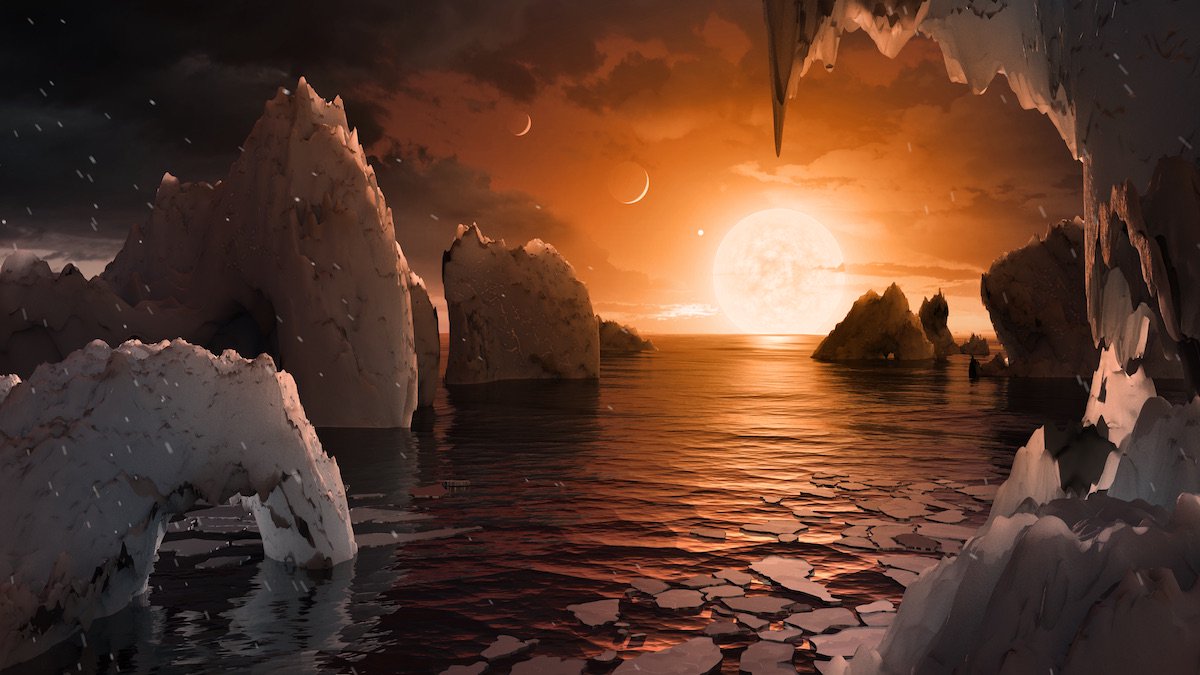 Source:
Source:
For most kinds of life in the Universe oxygen can be a deadly poison. But, oddly enough, it may significantly simplify the search of such a life for astrobiologists. Imagine you get in your time machine that can travel for billions of years, but also to overcome the light's goals in outer space, and all in order to find life in the Universe. Why would you start searching? The recommendations of scientists might surprise you.
First you will think that life may be similar to the familiar earth life: grass, trees, frolicking animals at the pound under the blue sky and yellow sun. But it's the wrong train of thought. Astronomers conducting a census of the planets the milky Way, inclined to believe that a large part of life in the Universe exist on worlds orbiting red dwarf stars that are smaller but more numerous than stars like our Sun. Partly because of this abundance, astronomers have to study their own diligence. Take, for example, red dwarf TRAPPIST-1, which is just 40 light years from us. In 2017, the astronomers discovered that it rotates around at least seven Earth-like planets. Many new observatories in the head with a star NASA, space telescope the James Webb will start in 2019 and will be able to explore the planets of the system TRAPPIST-1, as well as many other planets have red dwarf stars in search of life.
Meanwhile, no one knows for sure what you'll find by visiting one of these odd worlds in his car of the space-time, but if the planet is similar to Earth, it is likely that you will find germs and not attractive megafauna. A study published January 24 in the journal Science Advances, shows that this interesting fact may indicate for search of aliens. One of the authors David Catling, atmospheric chemist at the University of Washington in Seattle, looking into the history of our planet to develop a new recipe for finding single-celled life on distant worlds in the near future.
Now on the Earth most of life is microbial, and a thorough reading of the fossil and geochemical data of the planet shows that it has always been. Organisms like animals and plants and the oxygen that these plants give to animals, they breathe, is a relatively new phenomenon that emerged in the last half a billion years. Before that, of the four billion years of Earth's history, the first two billion years our planet has been in the role of "muddy world" under the control of methane-eating microbes to which oxygen was not life-giving gas, and deadly poison. The development of photosynthetic cyanobacteria determined the fate of the next two billion years, and "methanogenesis" germs were driven into the dark places, where they could not get oxygen underground caves, deep swamps and other dark areas in which they inhabit until now. Cyanobacteria gradually greened our planet slowly filled the atmosphere with oxygen and laid the Foundation for the modern world. If you've visited our planet in his time machine all these years, then nine times out of ten you would find only single-celled life algae, and would risk to suffocate in a poor oxygen air.
This creates difficulty for scientists who hope to use the telescope James Webb (not the time machine) to find other worlds with life. Molecules in the planet's atmosphere can absorb the transmitted light of the stars, thus formed prints of light that are visible to astronomers. The abundance of oxygen in the planet's atmosphere – one of the most obvious signs of possible life, because to create it without biology is not very easy. According to the astrobiologists, this highly reactive gas can be "biosignatures" because in high concentrations it is "out of balance" with the environment. Oxygen, as a rule, falls out of the air in the form of rust and other oxidations on metals, not kept in the gaseous state, so if something is possible, photosynthetic life must constantly to fill it. But if you take for example our planet, astrobiologists recognize that oxygen may be the last thing they will find is genetics says that a complex process like photosynthesis oxygen production was invented by cyanobacteria as an unusual evolutionary innovation, which was found only once in the long history of the terrestrial biosphere. Consequently, any hunter's life on other planets will see through the lens of a telescope, most likely, oxygen-free planet. What other biosignature can look for that hunter?
Currently, the best way to find the answer is to return to our time machine. Only this time, it will be the virtual computer model, which is immersed in the inaccessible depths of the anoxic past of the Earth (or the alien world of the present), exploring possible chemistry of gases in the atmosphere and ocean, which could take place. Using data from old breeds and other models to select the best assumptions about the chemistry of the Earth's environment three billion years ago, the computer can see obvious imbalances – possible biosignature. Actually, it did Catling, working with Joshua Christiansen-Totton and Stephanie Olson, University of California, riverside.
Their "time machine" is a numerical approximation of the huge volume of air trapped in a large transparent box with the open ocean at the base of the box; the computer simply calculates how contained in the box, the gases will react and mix over time. Ultimately interacting gases using all "free energy" in the box and reached equilibrium – when a reaction will require additional energy from the outside, like pop exhausted. Comparing the cocktail the exhausted gases with a lively mixture, trapped in a box originally, scientists can accurately calculate how and when the atmosphere of peace was in the balance. This approach can reproduce the most obvious example of atmospheric imbalance that is our planet – the presence of oxygen and traces of methane. Simple chemistry shows that these gases should not coexist for a long time, but on Earth they coexist that makes it clear that something on our planet breathes and lives. But for ancient Earth without oxygen model will show a completely different behavior.
"Our study gives the answer" to the question, how to find anaerobic life on the planet, like the earth, says Catling. Most of life is simple — like microbes, and most of the planets have not yet reached the stage of oxygen-rich atmosphere. The combination of relatively widespread carbon dioxide and methane (in the absence of carbon monoxide) is biosignature such a world.
Kristensen-Totton explains in more detail: "the Presence of methane and carbon dioxide at the same time — an unusual phenomenon, because carbon dioxide is the most oxidized state of carbon, and methane (consisting of a carbon atom linked with four hydrogen atoms) — on the contrary. To produce these two extreme forms of oxidation in the atmosphere at the same time very difficult in the absence of life." Solid planet with an ocean and more than 0.1% methane in the atmosphere should be considered as potentially habitable planet, scientists say. And if atmospheric methane reaches 1% level and above, in this case the planet is not "potentially" and "likely" are inhabited.
Jim Kasting, an atmospheric chemist at the University of Pennsylvania, said that these results are "on track", despite the fact that "the idea that methane can be biosignatures in an anoxic atmosphere, is relatively old."
In addition, Catling and his co-authors found, as their methane signature needs to show himself and how to distinguish it from nonliving sources. In their model, the methane in the anoxic atmosphere of earth-like planets typically have to react with carbon dioxide still in the air, mixed with nitrogen and water vapor, spilling the rain in the form of heavy compounds. Further calculations showed that no abiotic (i.e. nonliving) sources of methane on a solid planet can't produce enough gas to prevent this process, whether volcanic fumes, chemical reactions in deep sea vents and even falling asteroids. Only the living population of methane-eating bacteria might explain the gas. More importantly, even if abiotic sources will provide enough methane, they will almost inevitably produce a lot of carbon monoxide gas, which is toxic to animals, but very loved by many microbes. Together, methane and carbon dioxide, in the absence of carbon monoxide on a solid planet with an ocean can be interpreted as a sign of life, not dependent on oxygen.
This is good news for astronomers. Telescope James Webb will be able to directly determine the presence of oxygen in any potentially habitable planet that will see in the course of his mission. How your eyes can distinguish between visible light, but do not see a radio or x-ray vision Webb is set to the infrared spectrum — spectrum, which is ideal for the study of ancient stars and galaxies, but performed poorly with oxygen absorption lines, where they are scattered and rare. Some scientists have expressed fears that the search for life would have to await the emergence of other, more capable telescopes. But although Webb could not easily see the oxygen, its infrared eyes can see signs of oxygen-free life. The telescope is able to simultaneously detect methane, carbon dioxide and carbon monoxide in the atmospheres of some planets near red dwarf stars. For example, in the system of TRAPPIST-1.
Still, Webb is unlikely to cope with the most important part of the criteria Catling — determining the relative amount of each gas and cannot understand, for example, produce methane whether a single planet of volcanoes, or farting microbes. It is unlikely that Webb will find Enoksen...
Recommended
Along with the new Mars Rover in 2020 to Mars will fly her "loose part»
In July 2020, the space Agency NASA will send to Mars mobile Autonomous new science lab. Following "opportunity" and "Curiosity" the new Rover will attempt to find answers to intriguing questions. Scientists want to learn whether the Red planet suita...
Sent into space sports car Elon musk may fall to the Ground
I Hope you have not forgotten the historic launch of super-heavy carrier rocket Falcon Heavy, sent into space electric convertible Tesla Elon musk? No? Then we have two news for you. The good and the bad. The good is that this car we may yet see. Bad...
10 fun facts about the Andromeda galaxy
the Nearest neighbouring the milky Way galaxy is Andromeda. It is significantly bigger than our galaxy and evaluations may have 2.5-5 times more stars than our milky Way. It is easy to see in the night sky from Earth. It is located in the constellati...
Related News
The launch of the Falcon Heavy is scheduled for 6 February
the Head of the company SpaceX Elon Musk said via his account in Twitter that the first launch of new rocket super-heavy class Falcon Heavy will take place on 6 February. The announcement came three days after a successful static ...
The U.S. government wants to force NASA to stop supporting the ISS by 2025
the administration of the President of the United States Donald trump is going to sign a decree on the termination of the support program of the International space station by 2025. About it reports the portal the Verge, familiar ...
Scientists explained the strange shape of the "alien" asteroid Moimoi
last year, the offender interstellar space Moimoi passed through the inner Solar system. Initially it was assumed that a comet, then an asteroid, and then the alien ship — this visitor had properties that are unusual for typical s...


















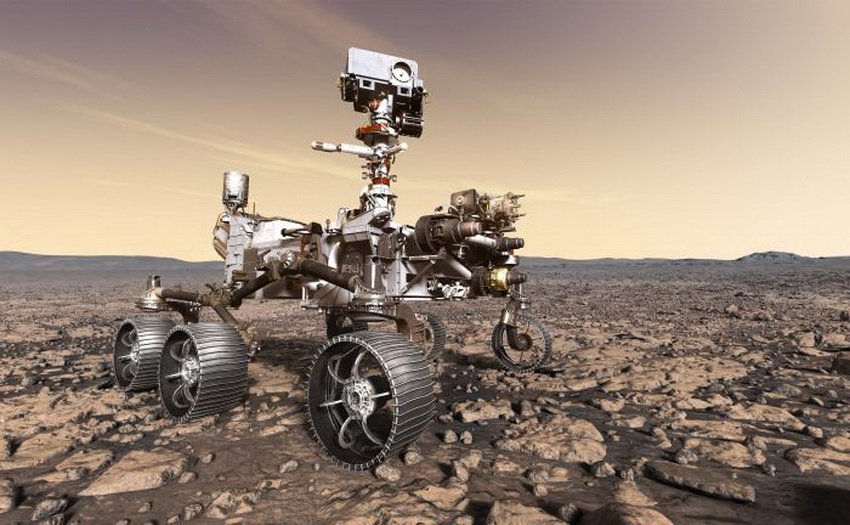
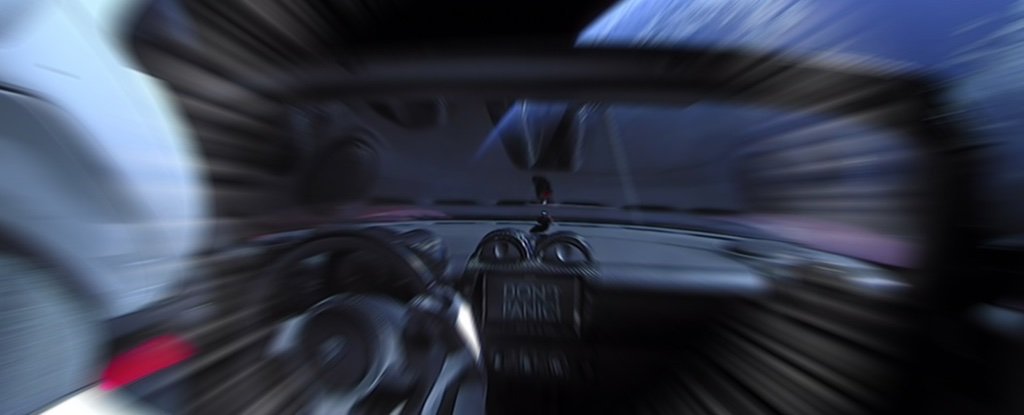
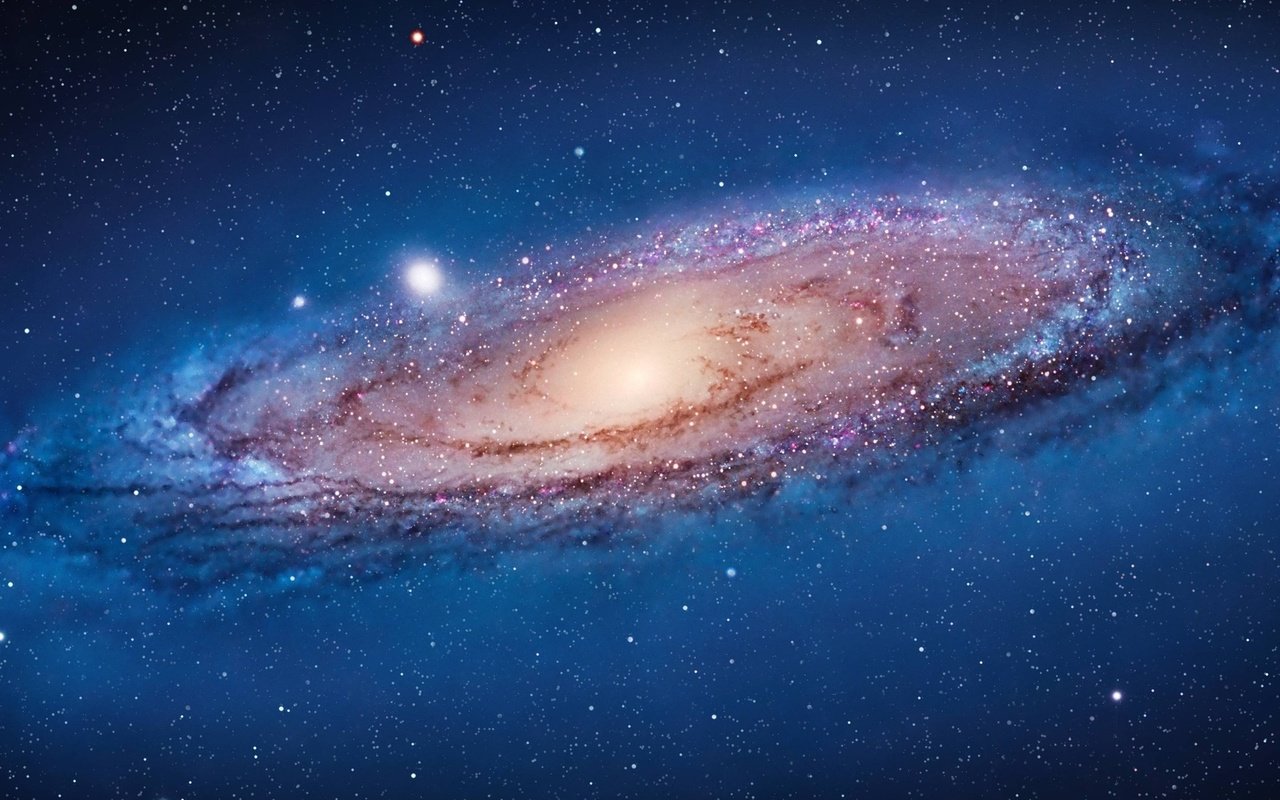
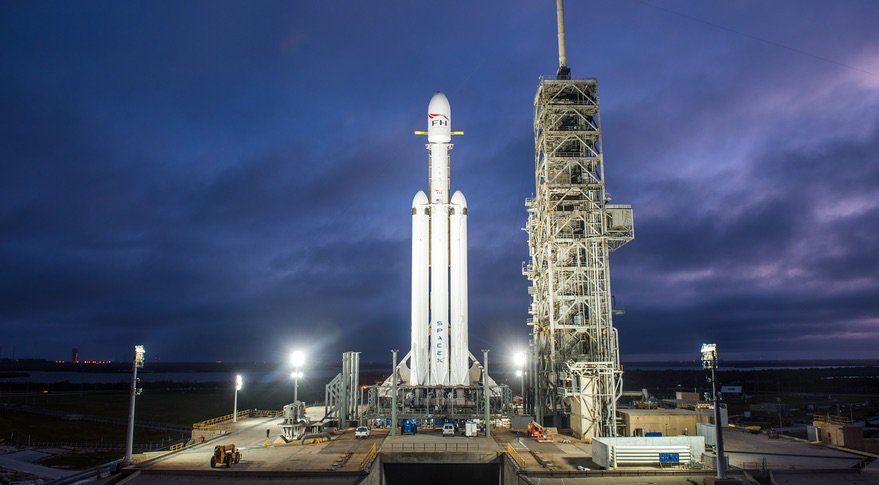
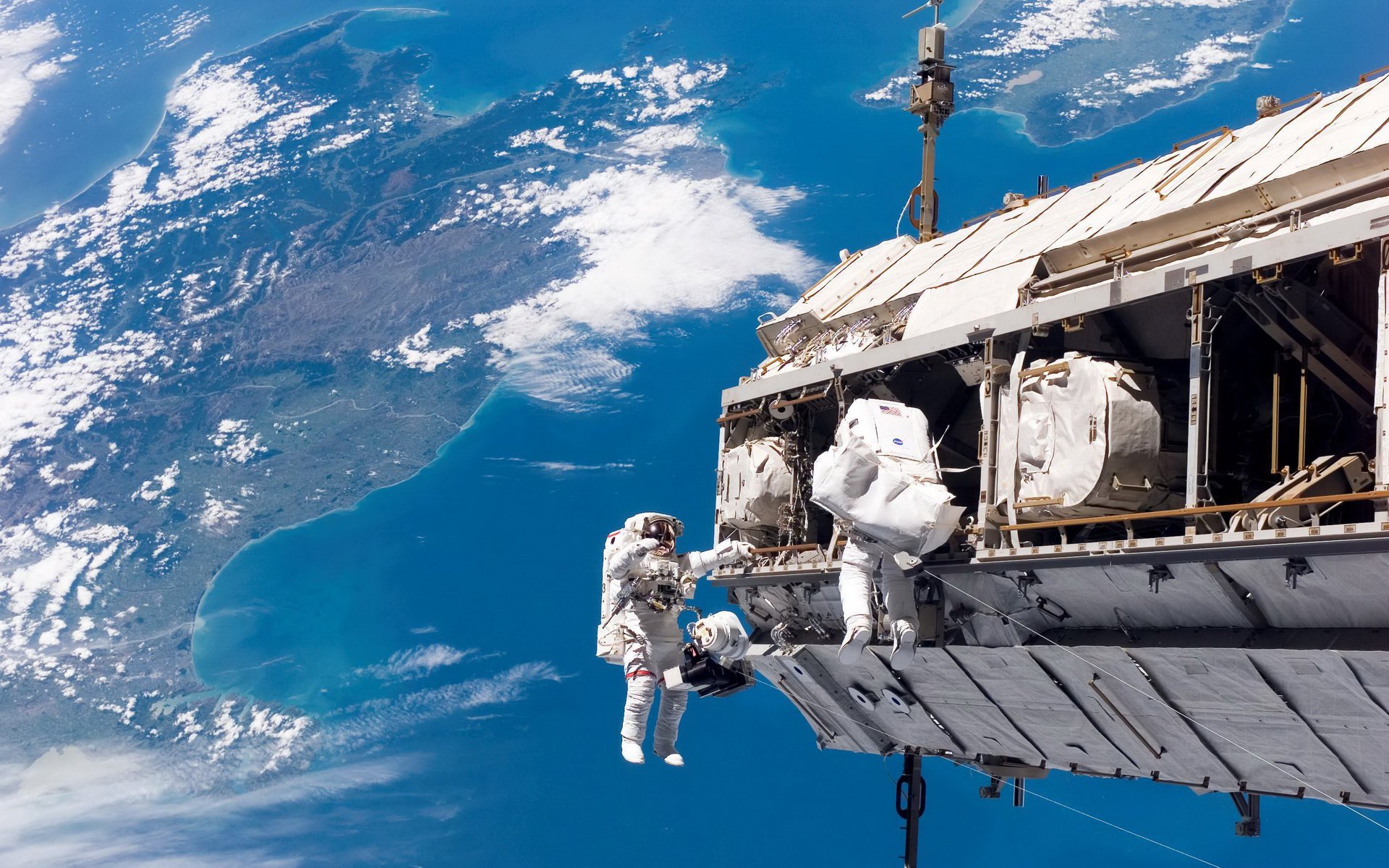
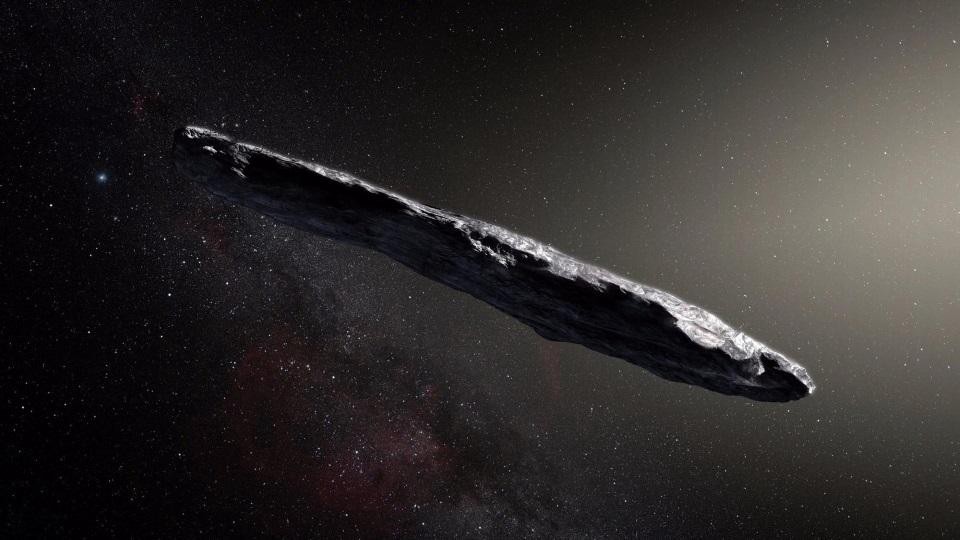
Comments (0)
This article has no comment, be the first!